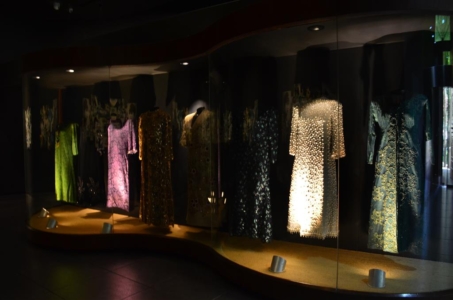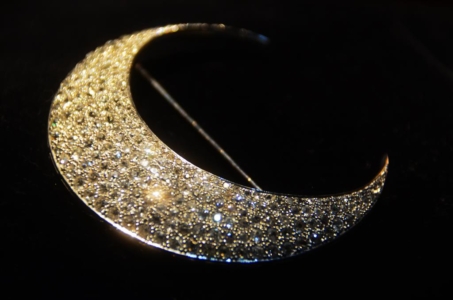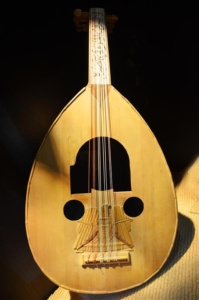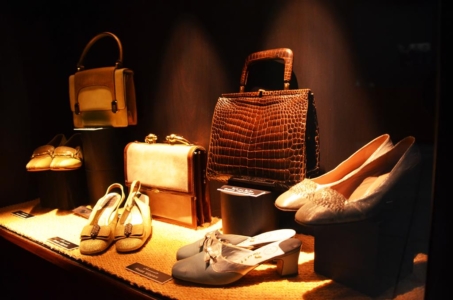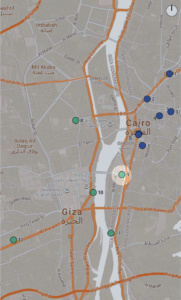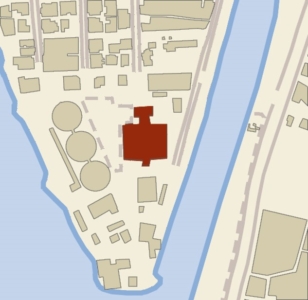متحف أم كلثوم
Photo Gallery
| Address | Monasterli Palace, 1 al-Malik al-Salih street, Ruda |
| Opening Hours | Daily from 9:00 am to 4:00 pm |
| Telephone | +20 2 23631467 |
| Date of construction | 1851 |
| Architect | Hassan Fuad al-Manasterli |
| Architectural Style | Ottoman style |
| Date of Inauguration | 2001 |
| Affiliation | Ministry of Culture |
| Links | www.umkalthoum.gov.eg |
Umm Kulthum (1898 – 1975) is one of the greatest and most influential iconic Arab singer, who’s records are still widely played today. She was also a songwriter and a film actress and was nicknamed Kawkab al-Sharq (Star of the East) and Sayidat al-Ghina’ al-Arabi (the lady of Arab singing). In 1998, the idea of creating a museum dedicated to Egypt’s diva became effective, as a tribute to her role in enriching the musical scene in the Arab world, and to connect the younger generations with her musical legacy.
The museum was inaugurated in 2001. It is housed in one of the annexed buildings of the Monasterli Palace, located on the southern tip of the Ruda Island, next to the Nilometer. The palace was built in 1851 by Hasan Fuad Pasha al-Monasterli (d. 1859). The objects on display were collected from Umm Kulthum’s family members and fans. The collection is not only reflecting her personality and taste but is also a witness reflection of the arts and culture of a very important period in Egypt’s modern history. The museum exhibits Umm Kulthum’s personal costumes and jewelry, along with her musical instruments and notes. It also displays photographs, official letters, diaries, and a collection of awards and decorations. It is possible to listen to Umm Kulthum’s songs while visiting the museum and consult a database of photographs of her international tours and local concerts. Visitors can read what was published on her in the press from her early musical career in 1924. They can also view a documentary specially produced about her life, showing footages from her six movies, her many local and international concerts and her funeral, which was the largest ever recorded in Egypt as it drew more than four million people to the streets of Cairo.


